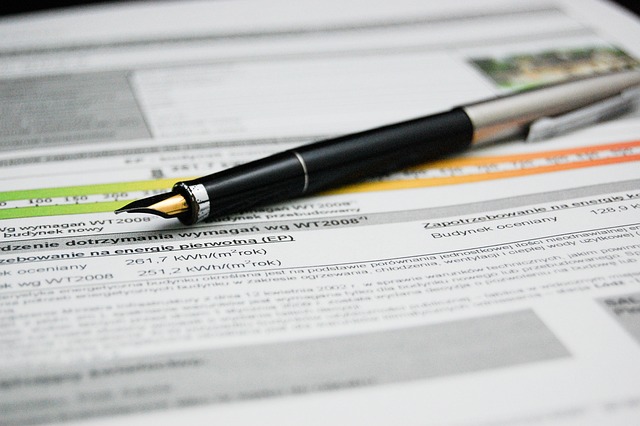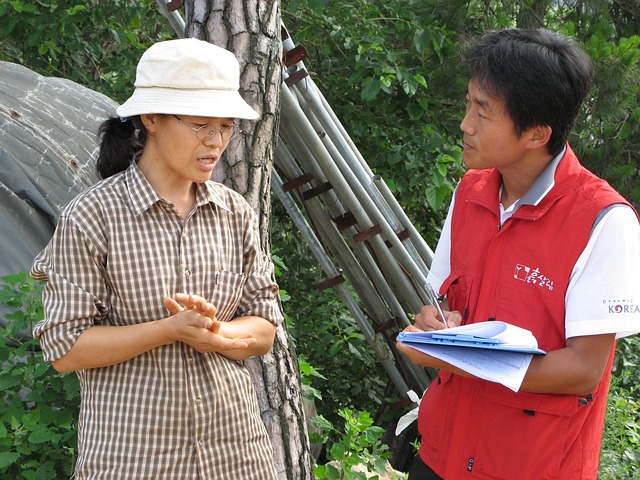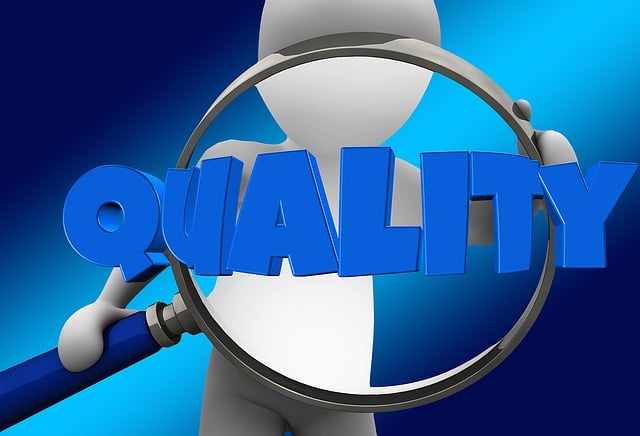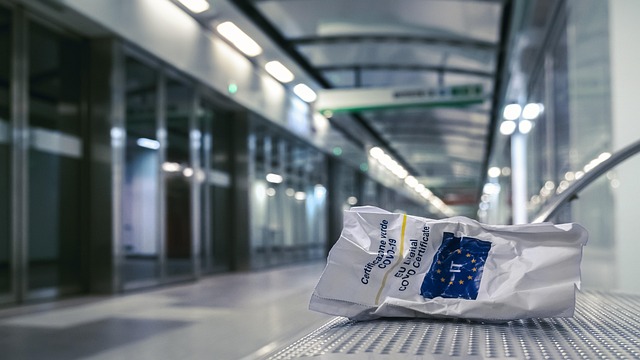LEED certification has transformed the real estate industry by promoting sustainable construction practices. This global rating system evaluates environmental performance, encouraging eco-friendly technologies and materials. Certified buildings attract environmentally conscious occupants, offer significant cost savings, and enhance property values. With increasing demand for green spaces and climate change awareness, real estate professionals adopt LEED standards, driving innovation in insulation, solar panels, smart homes, water conservation, and urban green spaces. This holistic approach not only benefits the planet but also caters to environmentally conscious consumers, making sustainable real estate a lucrative investment strategy.
Leadership in Energy & Environmental Design (LEED) is transforming the real estate landscape, driving sustainable building practices and boosting property values. This article explores the profound impact of green leadership on the industry, delving into how LEED standards elevate energy efficiency, reduce environmental impacts, and create healthier living spaces. We also examine cutting-edge eco-friendly design innovations that are revolutionizing real estate, offering insights into a brighter, more sustainable future for both builders and occupants.
Understanding LEED: A Standard for Sustainable Buildings
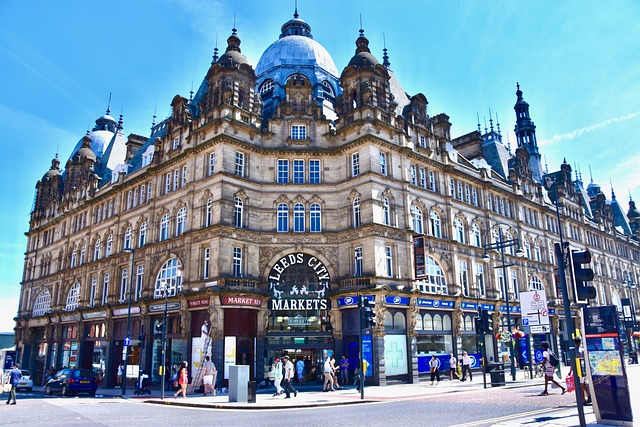
LEED, or Leadership in Energy & Environmental Design, is a comprehensive rating system designed to define and promote sustainable construction practices. This pioneering program sets a standard for real estate developers and building professionals worldwide to create eco-friendly and energy-efficient buildings. By evaluating various criteria, including design, construction, and operational aspects, LEED certifies the environmental performance of structures, ensuring they meet specific sustainability benchmarks.
The system encourages the integration of innovative technologies and materials that minimize a building’s impact on the environment. This includes strategies for water efficiency, energy conservation, indoor environmental quality, and sustainable site development. Achieving LEED certification has become a sought-after goal in the real estate industry, as it enhances a property’s reputation, appeals to environmentally conscious occupants, and can lead to long-term cost savings through reduced operational expenses.
The Impact of Green Leadership on Real Estate Values
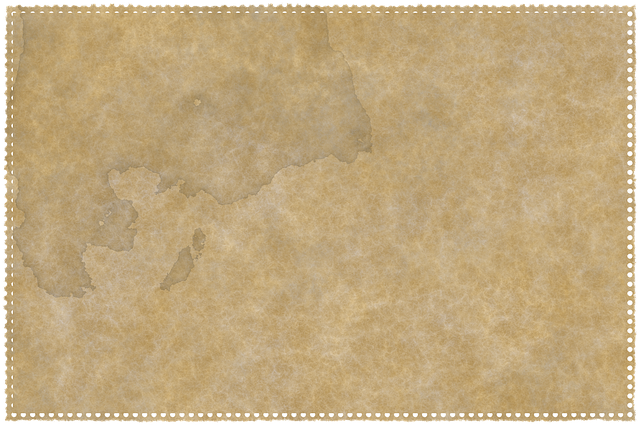
Leadership in Energy & Environmental Design (LEED) has significantly reshaped the real estate landscape, with green leadership playing a pivotal role in enhancing property values. Buildings certified by LEED are known for their superior energy efficiency, sustainable materials, and healthier indoor environments. These features not only reduce operational costs for owners but also attract tenants and buyers who prioritize eco-friendly living and working spaces.
In today’s market, real estate investors and developers are increasingly recognizing the financial benefits of adopting green practices. LEED-certified properties tend to command higher rental rates and sales prices due to their enhanced appeal among environmentally conscious consumers. Moreover, these buildings often benefit from tax incentives and rebates, further bolstering their economic viability. This trend underscores the growing recognition that sustainability is not just an environmental imperative but also a smart investment strategy in the real estate sector.
Embracing the Future: Innovations in Eco-Friendly Design for Real Estate

The future of real estate lies in sustainable and eco-friendly design, where innovation meets environmental responsibility. As global awareness of climate change continues to grow, so does the demand for green buildings that minimize their ecological footprint. Real Estate professionals are increasingly embracing Leadership in Energy & Environmental Design (LEED) principles, a globally recognized rating system that promotes environmentally conscious construction. This shift is not only driven by ethical considerations but also makes sound economic sense, as energy-efficient buildings offer long-term cost savings and increased property values.
Eco-friendly design innovations in the real estate sector include advanced insulation technologies, solar panel integration, smart home automation systems, and water conservation measures. These features not only reduce operating costs for building occupants but also contribute to a healthier planet. Furthermore, green spaces within urban developments are being prioritized, promoting biodiversity and offering residents access to nature. This holistic approach to design ensures that the real estate industry plays a pivotal role in shaping a more sustainable future while catering to the evolving needs of environmentally conscious consumers.
